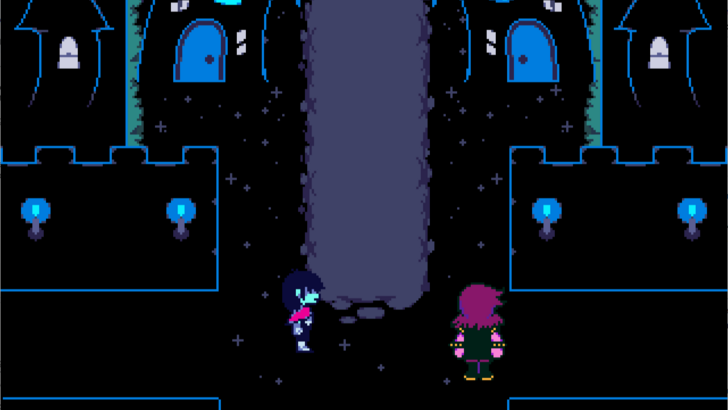Beginning as a spin-off of the Shin Megami Tensei series, the Persona franchise has evolved into a powerhouse of modern RPGs, carving out its own identity with a unique blend of high school life, psychological themes, and supernatural combat. Today, it stands as a multimedia phenomenon—boasting major sequels, remakes, anime adaptations, and even stage productions—its popularity continuing to surge with each new release.
With Persona 3 Reload now available on PlayStation 5, Xbox Series X, and PC, a fresh wave of players is eager to dive into the series. But where should you begin? Below is a comprehensive guide to every mainline entry and spin-off, including the ideal starting point for newcomers, as well as the full chronological and release order of the series.
Jump to:
How to play in order
How to play by release date
Upcoming releases
How Many Persona Games Are There?
As of now, there are twenty Persona games, including mainline entries, expanded versions, and spin-offs. While we’re excluding direct ports and minor remasters, we’ve accounted for every significant release and alternate version to give you a complete picture.
Which Persona Game Should You Play First?
For newcomers, the best entry points are Persona 3 Reload, Persona 4 Golden, or Persona 5 Royal—the definitive versions of the third, fourth, and fifth mainline titles. All three are available on PC and major consoles (though Persona 3 Reload is not currently on Nintendo Switch).
Worried about missing story continuity? Don’t be. Each game features a standalone narrative with unique characters and settings, making them fully accessible to new players. To choose the best fit, consider watching gameplay clips or exploring the social link systems to see which world resonates most with you.

Persona 3 Reload
54
Available on PS5, PS4, and Xbox Series X.
See it at Amazon!
Persona 4 Golden
42
Available on PC, Xbox, PS5, and Nintendo Switch
See it at Nintendo!
Persona 5 Royal
103
Available on PC, Xbox, PS5, and Nintendo Switch
See it at Amazon
Every Persona Game and Spin-Off in Chronological Order
Note: These summaries contain mild spoilers regarding characters, settings, and story elements.
1. Revelations: Persona (1996)
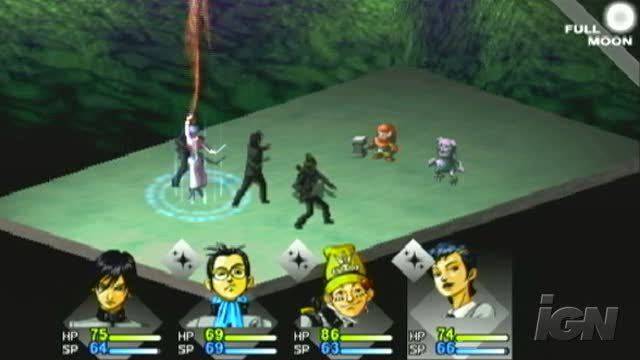
The foundation of the series, Revelations: Persona emerged from the success of Shin Megami Tensei: If…, focusing on a group of high school students in Mikage-cho battling a supernatural uprising. Players control a team that awakens their Personas to fight Shadows and explore randomly generated dungeons. This game introduced core series elements like the Velvet Room, Persona combat, and the teenage protagonist archetype—setting the blueprint for all future entries.
2. Persona 2: Innocent Sin (1999)
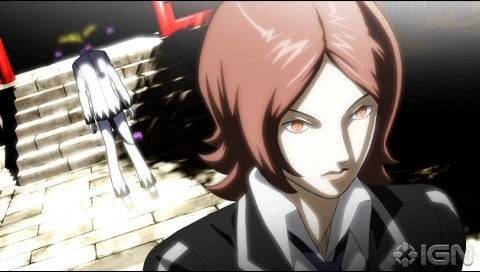
Following a new cast led by Tatsuya Suou, Innocent Sin unfolds in the city of Sumaru, where rumors manifest into reality. The story centers on a cult known as the Masked Circle and a mysterious villain called Joker. With turn-based combat and deep dungeon exploration, this entry expands on the original’s mechanics. Notably, it received a direct narrative sequel just one year later.
Read our review of Persona 2: Innocent Sin.
3. Persona 2: Eternal Punishment (2000)
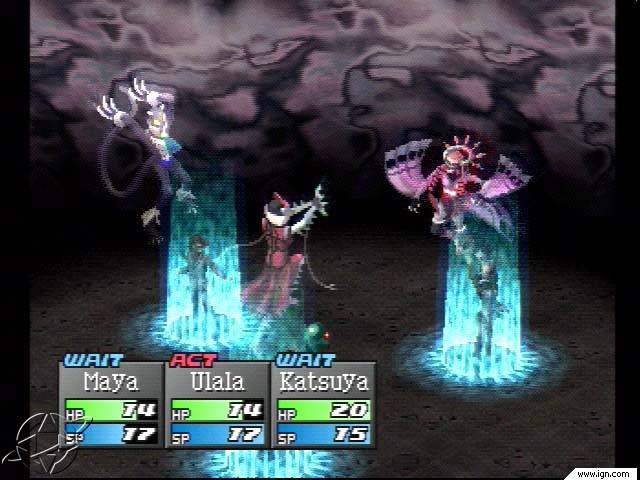
Picking up after Innocent Sin, this sequel shifts focus to Maya Amano as she investigates the spreading Joker Curse. Though she begins as a journalist, Maya quickly becomes entangled in a returning threat. The gameplay remains rooted in classic dungeon crawling and Persona-based combat, serving as a direct continuation of the previous game’s plot.
Read our review of Persona 2: Eternal Punishment.
4. Persona 3 (2006) / Persona 3 FES (2007) / Persona 3 Portable (2009) / Persona 3 Reload (2024)

A turning point for the series, Persona 3 introduced the now-iconic dual-life structure: attending school, building relationships, and managing daily routines by day, then battling Shadows in the towering Tartarus during the Dark Hour. The story follows Makoto Yuki, who discovers a hidden time period where a monstrous tower emerges from his school. Teaming up with S.E.E.S., he uncovers a conspiracy threatening humanity.
This entry pioneered social links, calendar-based progression, and time management—mechanics that became series staples.
Read our review of Persona 3 Reload.
Alternate Versions of Persona 3:
- Persona 3 FES: Enhanced edition with the epilogue chapter The Answer and a female protagonist route.
- Persona 3 Portable: PSP version featuring the female protagonist route but excluding The Answer.
- Persona 3 Reload: Full modern remake with updated visuals and gameplay, though it currently lacks The Answer and the female route.
5. Persona 3: Dancing in Moonlight (2018)
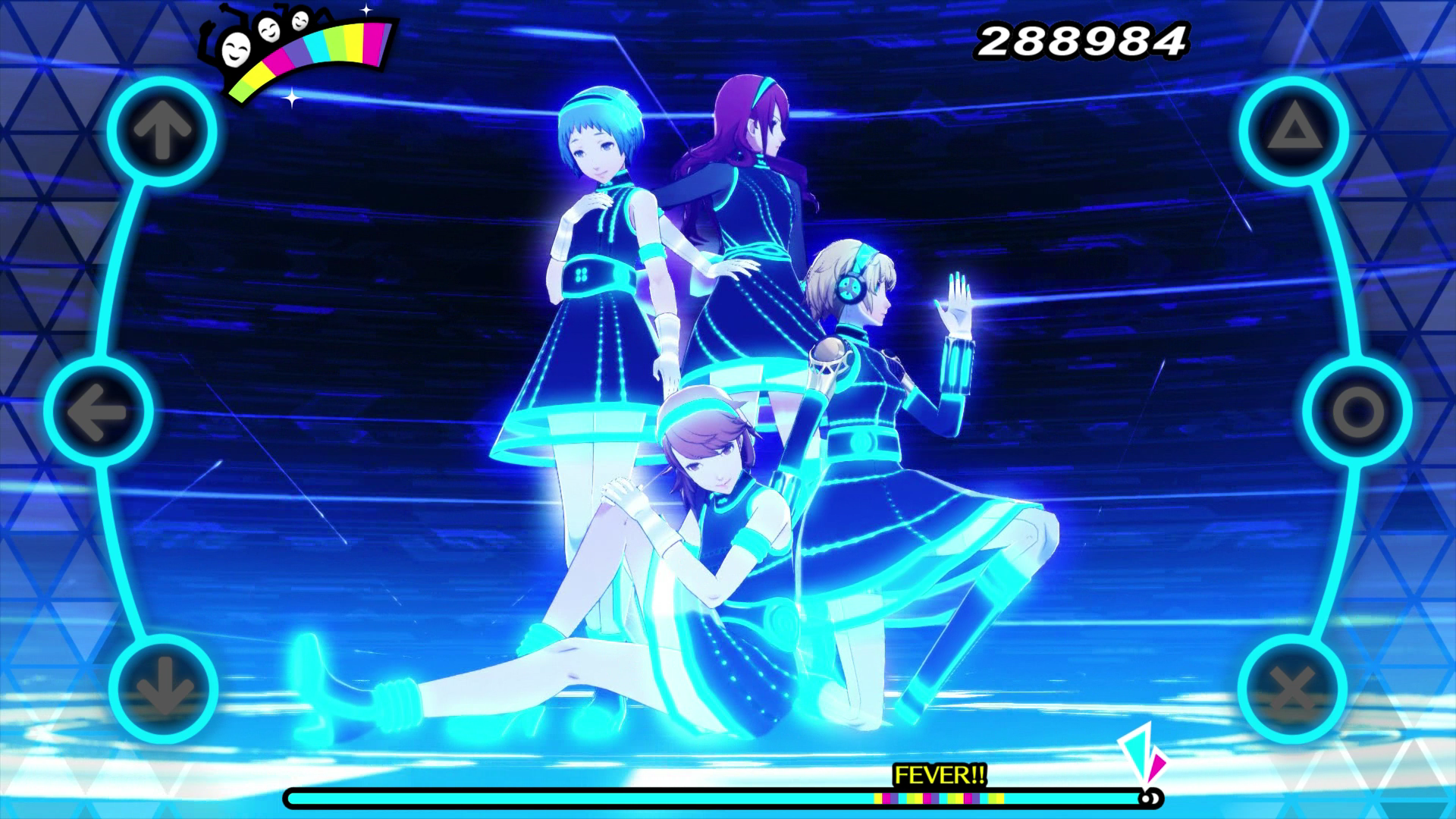
A rhythm-based spin-off set during the main campaign, Dancing in Moonlight sees Elizabeth challenge the S.E.E.S. team to dance battles in the Velvet Room. Framed as a dream, the events are considered canon, featuring choreographed performances to iconic tracks from Persona 3.
6. Persona 4 (2008) / Persona 4 Golden (2012)
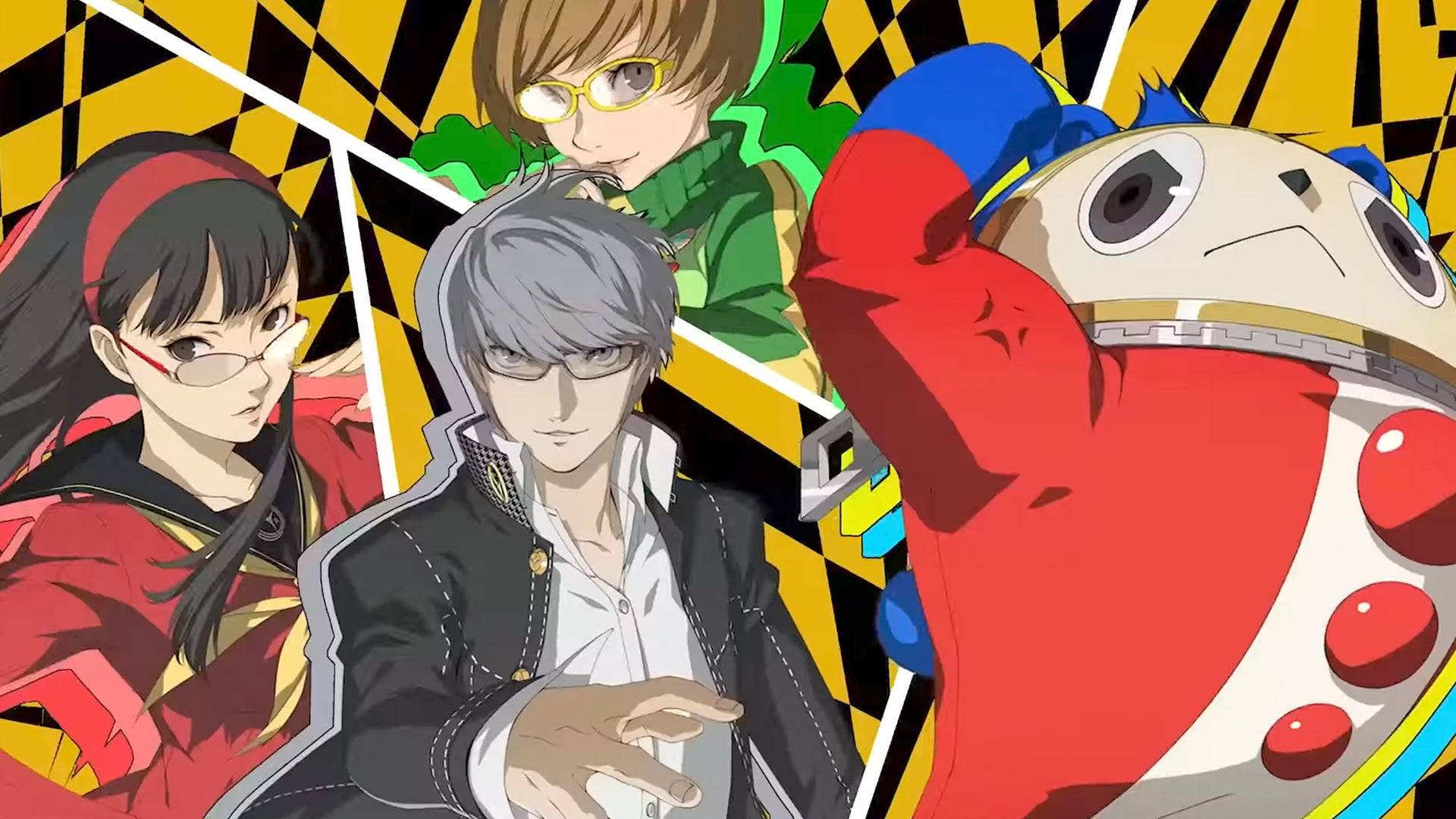
Set in the rural town of Inaba, Persona 4 follows Yu Narukami, a city student living with relatives for a year. When a series of murders occur, Yu and his friends discover they can enter a mysterious world through TV screens—where they confront Shadows and unravel the truth behind the killings.
Building on Persona 3’s systems, it refines social links, dungeon design, and storytelling, delivering a gripping mystery with emotional depth.
Read our review of Persona 4 Golden.
Alternate Versions of Persona 4:
- Persona 4 Golden: Enhanced re-release with new story content, an additional dungeon, improved UI, and expanded social links. Widely regarded as the definitive version.
7. Persona Q: Shadow of the Labyrinth (2014)





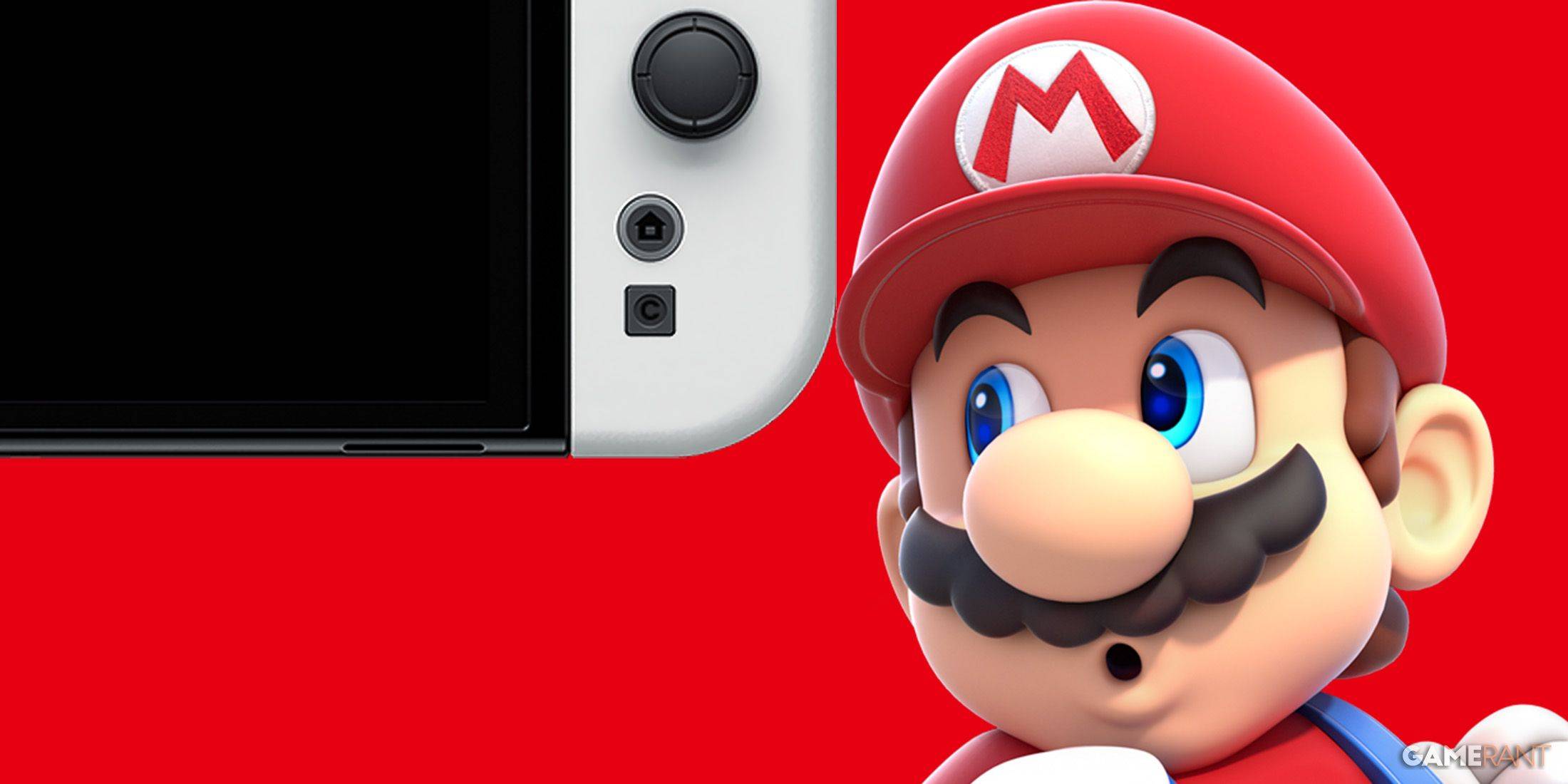
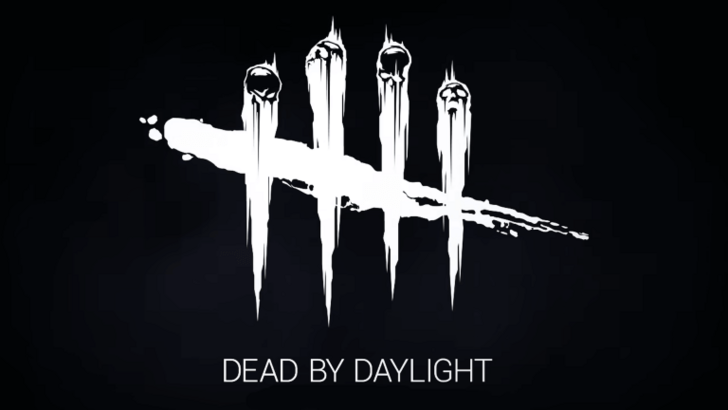

![Taffy Tales [v1.07.3a]](https://imgs.xfsxw.com/uploads/32/1719554710667e529623764.jpg)






